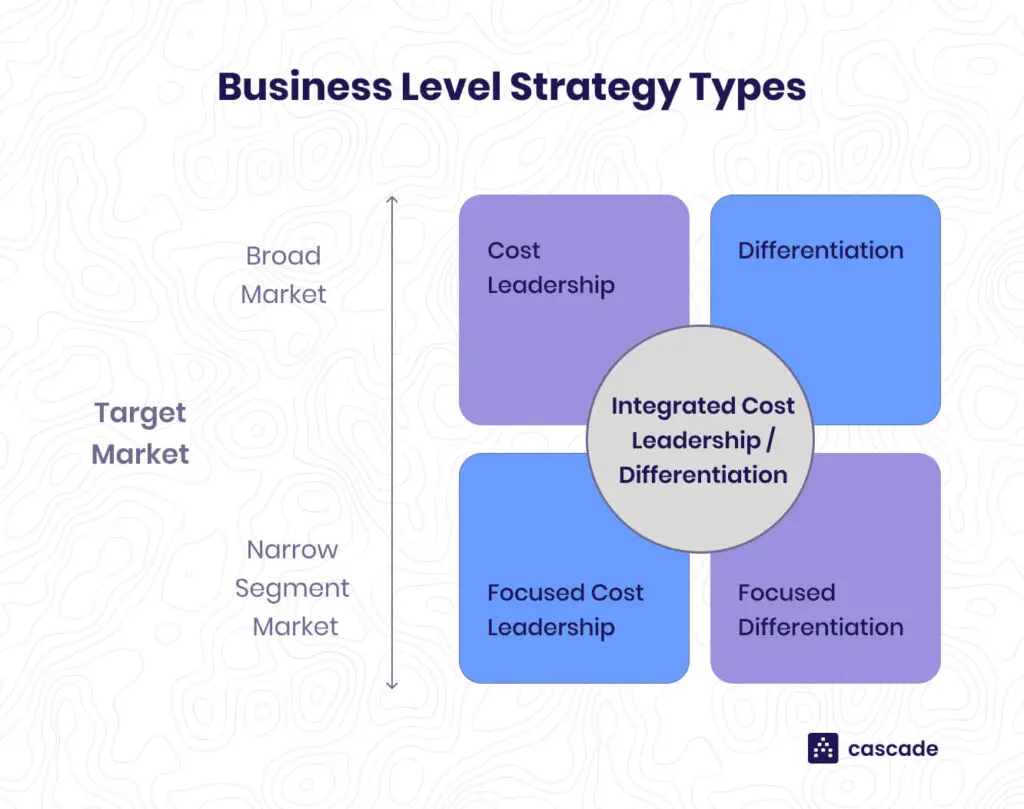Business-Level Strategy: Lessons from McDonald’s and How It Can Shape Your Business Decisions
In our Capstone class last night, we dove deep into the fascinating world of business-level strategy, using McDonald’s as a real-world example. This topic can sometimes feel theoretical for students, but once we unpack it with practical examples, like McDonald’s, the “aha” moments come flooding in. Whether you’re in leadership, management, or marketing, understanding how a company’s business-level strategy connects directly to customer behavior and drives decisions at every level is crucial for long-term success. Let’s break it down.
What is Business-Level Strategy?
At its core, business-level strategy is how a company decides to compete in the marketplace. It’s about making choices that focus on customer behavior, market segmentation, and how to position yourself within that market—whether it’s a broad market or a narrow segment (niche). This strategy impacts every aspect of the business, from what you sell and how you sell it, to how you structure your internal operations.
For marketers and strategists, this is where the magic happens. You’re diving into customer data, interpreting consumer behavior, and developing insights that directly shape the company’s strategic direction. This is one of the most exciting parts of business because it’s all about understanding who your customers are, what they need, and how to serve them better than anyone else.
The Four Types of Business-Level Strategy
There are four primary business-level strategies that companies typically choose from, depending on their goals and target markets:
- Cost Leadership: Competing on price by being the lowest-cost producer. This is typically aimed at a broad market.
- Differentiation: Standing out by offering something unique that customers value, such as superior quality or innovative features.
- Focused Cost Leadership: Competing on price, but in a narrow or niche market segment.
- Focused Differentiation: Offering something unique, but only to a specific, narrow market.
Some companies also try an Integrated Approach, blending cost leadership with differentiation, but that can be challenging to pull off.

McDonald’s Strategy: Cost Leadership Done Right
McDonald’s is a classic example of Cost Leadership, and they’ve mastered it by maintaining low costs while delivering a reliable and consistent product to a broad, global market. But here’s the key—low cost does not mean sacrificing quality. In fact, McDonald’s has honed their operations to be incredibly efficient, allowing them to offer value for money without cutting corners on the customer experience.
Here’s how McDonald’s does it:
- Standardization: Every McDonald’s location worldwide operates with highly standardized processes. From food preparation to customer service, each task is designed to maximize efficiency and reduce costs while ensuring a consistent experience. This standardization helps them keep prices low without sacrificing quality.
- Economies of Scale: With its massive scale, McDonald’s can buy ingredients and supplies in bulk, reducing costs even further. These savings are then passed on to customers, allowing the company to maintain competitive pricing.
- Strategic Locations: McDonald’s doesn’t just open stores anywhere. They use data-driven insights to strategically place their locations where they’ll attract the most customers, ensuring high traffic and revenue.
The Connection Between Business-Level and Functional-Level Strategy
What really gets exciting, and what I love to draw out in my class discussions, is how business-level strategy drives decisions at the functional level. At McDonald’s, every operational decision—whether it’s introducing self-service kiosks or offering mobile app ordering—aligns with their cost leadership strategy. These functional decisions aren’t made in isolation. They are all designed to keep costs low, improve efficiency, and still deliver a strong customer experience.
For example, the introduction of digital ordering and self-service kiosks didn’t just happen because it was trendy. It directly supports McDonald’s business-level strategy by reducing labor costs, speeding up the ordering process, and enhancing customer satisfaction—all without inflating the price of a meal.

Why Business-Level Strategy Matters for Marketers and Leaders
For those of you in marketing, business-level strategy is where your work has the most impact. It’s about understanding your customers, segmenting your target market, and making sure your product or service aligns with what they want. In today’s competitive landscape, customers have endless options. If you’re not delivering value at the right price or with the right differentiators, they’ll go elsewhere.
Understanding business-level strategy also gives leaders and managers a strategic insight into how every decision—whether it’s at the operational, marketing, or customer service level—needs to be aligned with the overall strategy. That’s what makes it so powerful.
In an international business setting, like McDonald’s, the opportunities multiply. Different regions have different customer preferences, and while McDonald’s maintains its core value of low-cost fast food, it tailors its offerings to local tastes. For instance, the menu in India offers items that you won’t find in the U.S., but all these decisions still align with McDonald’s core cost leadership strategy.
Final Thoughts: Why It All “Clicks”
As a professor, I enjoy seeing the lightbulbs go off when we explore real-world examples like McDonald’s in class. It’s one thing to read about business-level strategy in a textbook, but it’s something else entirely when you see it in action—when you understand how every decision, from marketing campaigns to supply chain management, serves a larger strategic goal.
For business owners, leaders, and marketers, grasping business-level strategy gives you a roadmap for aligning your company’s actions with a clear, long-term vision. Whether you’re focused on low costs or differentiation, the strategy you choose drives every aspect of your business. And as McDonald’s has shown, when you get it right, the results can be transformational.
Stay strategic, keep learning, and remember that behind every great business is a solid strategy.
Key Takeaways:
- Business-level strategy defines how a company competes in its market—whether it’s cost leadership, differentiation, or focus.
- McDonald’s uses a Cost Leadership strategy, keeping prices low while maintaining operational excellence.
- Understanding how business-level strategy drives functional decisions is key to aligning a company’s operations, marketing, and customer service with its overall goals.
- For marketers, this strategy is all about customer data, behavior, and delivering value.
Ready to explore your own business strategy? Let’s continue the conversation! Follow my blog for more insights into leadership, entrepreneurship, and strategy in the real world. Below is a video from my YouTube Channel to get you started:
